Home>Ideas and Tips>Building A Backyard Pond To Attract Wildlife
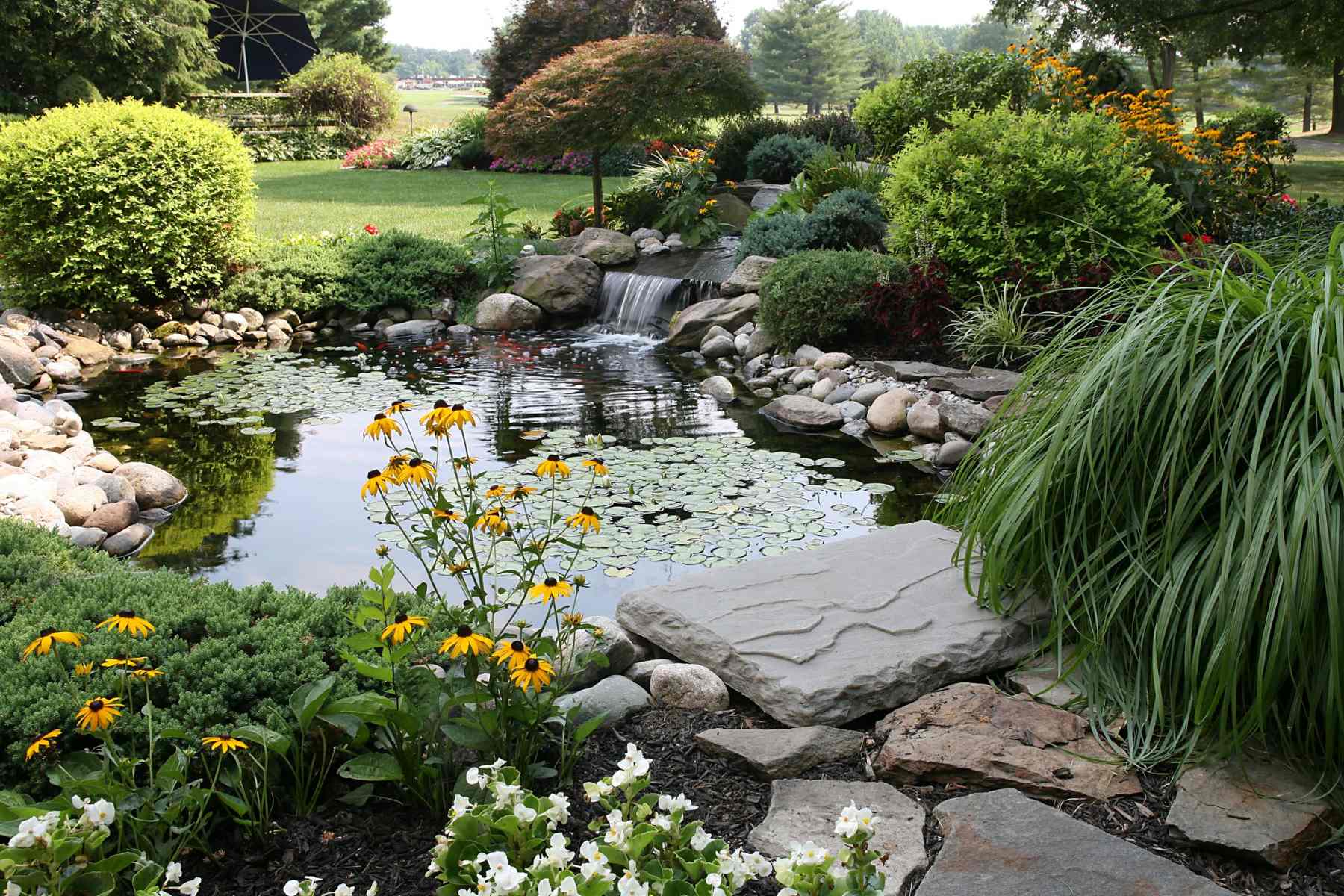

Ideas and Tips
Building A Backyard Pond To Attract Wildlife
Published: November 1, 2024
Create a backyard pond to attract wildlife and enhance biodiversity. Learn how to design, build, and maintain a wildlife-friendly pond.
(Many of the links in this article redirect to a specific reviewed product. Your purchase of these products through affiliate links helps to generate commission for Storables.com, at no extra cost. Learn more)
Creating a backyard pond is an excellent way to attract a variety of wildlife, from birds and dragonflies to frogs and salamanders. These water features not only provide a habitat for aquatic life but also enhance the biodiversity of your garden. In this article, we will guide you through the process of building a wildlife-friendly pond, highlighting the key elements and tips for attracting a diverse range of wildlife.
Why Build a Wildlife Pond?
Wildlife ponds are essential for maintaining local biodiversity. Many creatures rely on water for survival, and with the increasing loss of natural wetlands, creating a small pond in your backyard can significantly contribute to the ecosystem. Even a small pond can attract a variety of wildlife, including birds, frogs, dragonflies, and insects. By building a wildlife pond, you are providing a haven for these creatures to thrive and multiply.
Benefits of Wildlife Ponds
- Biodiversity: Wildlife ponds offer a variety of habitats that support different species of plants and animals. This diversity is crucial for maintaining a healthy ecosystem.
- Easy to Create: Building a wildlife pond is relatively simple and can be done with minimal equipment. You can use a flexible liner or repurpose containers like old bathtubs or wine barrels.
- Low Maintenance: Once the pond is established, it requires minimal maintenance. Regularly adding plants and ensuring the water quality is sufficient can keep your pond thriving.
- Educational Value: A wildlife pond can be an educational tool for children, teaching them about the importance of biodiversity and the life cycle of various species.
Choosing the Right Location
Before you start digging, it's essential to choose the right location for your pond. Here are some tips to consider:
- Sunlight: While ponds need sunlight for photosynthesis and oxygen production, too much direct sunlight can lead to algae growth. A partially shaded area is ideal.
- Accessibility: Ensure that the pond is easily accessible for wildlife. A sloping entry and shallow edges make it easier for animals to get in and out.
- Drainage: Avoid areas with poor drainage to prevent the pond from drying out too quickly.
- Space: Consider the space available in your garden. A small pond can be just as effective as a large one, especially if it's well-designed.
Designing Your Pond
The design of your pond is crucial for attracting a variety of wildlife. Here are some key elements to include:
- Variety of Depths: Include both shallow and deep areas in your pond. The shallow end is perfect for drinking and bathing, while the deep end provides hiding places for salamanders and frogs.
- Sloping Entry: A sloping entry leading to a shallow end is essential for preventing small animals from drowning.
- Beach Area: Create a beach area with small pebbles or logs to provide easy access for animals.
- Native Plants: Plant native water plants around the pond to aerate the water and provide shelter for amphibians and invertebrates.
- Shelter: Add rocks, pebbles, branches, and logs around the pond to create sheltered areas for wildlife.
Creating Different Depths
Since you are building a pond for wildlife, it's important to give it both a deep end and a shallow end with a sloped entry. The deep end is good for salamanders and frogs to swim and hide in, while the shallow end provides a perfect spot for drinking and bathing. Birds and squirrels also love the shallow water end of the small pond.
For example, you can create different depths by digging a small hole about two and a half feet deep for the deep end and then gradually sloping it down to about one foot deep for the shallow end. This arrangement ensures that all types of wildlife can easily access the pond without any danger of drowning.
Adding Native Plants
Native plants are essential for creating a healthy ecosystem in your pond. Here are some tips for choosing and planting native plants:
- Native Species: Stick with native plants as they are less likely to become invasive and will provide better shelter for local wildlife.
- Surface Plants: Plant surface plants that provide a place to rest, ways to get in and out, and some shade to prevent algae growth.
- Marginal Plants: Add marginal plants around the damp edges of your pond as cover for amphibians and bathing birds, and hunting grounds for dragonflies.
- Floating Plants: Use floating plants like frogbit (Hydrocharis morsus-ranae) which are suitable for very small ponds and attract insects and amphibians that lay eggs in the pond or on the underside of floating vegetation.
Creating Shelter Around the Pond
Shelter around the pond is crucial for attracting a variety of wildlife. Here are some tips for creating shelter:
- Rocks and Pebbles: Add rocks and pebbles around the pond to provide hiding places for small animals.
- Branches and Logs: Submerge thick branches that also stick out of the water as an escape route for wildlife if they fall in, as well as a resting place for wildlife living in and visiting the pond.
- Native Grasses and Shrubs: Add native grasses and shrubs around the pond to provide cover from predators for wildlife and birds visiting the pond, and for nesting sites.
Building Your Pond
Now that you have chosen the location and designed your pond, it's time to start building it. Here’s a step-by-step guide:
Step 1: Choose a Location
Choose a location for your new pond using a rope or string to map out its shape. It can be any shape you want, but simple oval or kidney bean shapes work well.
Step 2: Dig!
Start digging your pond. If you're using a pump filter kit, make sure it will be completely underwater, so the deep end needs to be deep enough to house it. Our example pond has a deep end about two and a half feet deep.
Step 3: Create Different Depths
Since you are building a pond for wildlife, try to give it both a deep end and a shallow end with a sloped entry. The deep end is good for salamanders and frogs to swim and hide in, while the shallow end provides a perfect spot for drinking and bathing.
Step 4: Create a Beach
Some animals need an easy way in and out of the pond without drowning. Make this easy by creating a “beach” in the shallow end with small pebbles leading into it. If your pond doesn’t have a beach, consider buying an animal pool escape ramp or using a log as an alternative.
Step 5: Pour Sand
Once you have the desired shape and depth, layer a couple inches of sand across the bottom of your pond. This will smooth out any sharp stones or roots that could puncture your liner.
Adding Final Touches
After digging your pond, add some final touches to make it wildlife-friendly:
- Native Plants: Plant native water plants around your pond to aerate it and provide shelter for amphibians and invertebrates.
- Shelter Elements: Add rocks, pebbles, branches, logs, native grasses, and shrubs around your pond to create sheltered areas for wildlife.
- Rainwater: Fill your pond with rainwater if possible; otherwise, let tap water sit for at least a day before adding plants to allow chlorine levels to dissipate.
Maintenance Tips
While building a wildlife pond is relatively easy, maintaining it requires some effort:
- Regular Water Changes: Change about 10% of your pond water every week to keep it clean and healthy.
- Plant Care: Regularly trim back plants that grow too long to prevent them from shading out other areas of your pond.
- Pump Maintenance: If you’re using a pump filter kit, ensure it’s clean and functioning properly by checking its filter regularly.
Attracting Other Wildlife
In addition to frogs and salamanders, you can attract other wildlife like birds and dragonflies by incorporating certain features into your pond design:
- Birds: Birds love ponds for bathing and drinking; include marginal plants around the edges which provide cover for them while they bathe or drink from your pond.
- Dragonflies: Dragonflies are attracted by ponds with shallow edges where they can lay eggs on floating vegetation like frogbit (Hydrocharis morsus-ranae). They also feed on mosquito larvae which helps control mosquito populations naturally.
Common Mistakes to Avoid
When building a wildlife pond, there are several common mistakes you should avoid:
- Non-Native Plants: Avoid using non-native plants as they can become invasive quickly overwhelming your pond ecosystem accidentally spreading into nearby waterways causing harm elsewhere too!
- Fish Stocking: Do not stock fish into your pond as they will eat everything else including tadpoles making it difficult for other species like frogs newts etc., coexist peacefully within same environment without being preyed upon constantly!
- Mosquito Control: While mosquitoes might seem like nuisance adding chemicals like Bti larvicide might kill other beneficial aquatic insects too disrupting overall balance within ecosystem instead letting natural predators like frogs dragonfly larvae bats birds feast upon them naturally maintaining healthy balance throughout process!
Read more: Great Backyard Pond Ideas For Your Garden
Conclusion
Building a backyard pond is an excellent way not only enhance beauty but also contribute significantly towards local biodiversity attracting diverse range wildlife including birds dragonflies frogs salamanders etc., By following simple steps outlined above ensuring proper design maintenance avoiding common mistakes you'll soon find yourself enjoying serene oasis teeming life right within own backyard So go ahead create haven today
Was this page helpful?
At Storables.com, we guarantee accurate and reliable information. Our content, validated by Expert Board Contributors, is crafted following stringent Editorial Policies. We're committed to providing you with well-researched, expert-backed insights for all your informational needs.
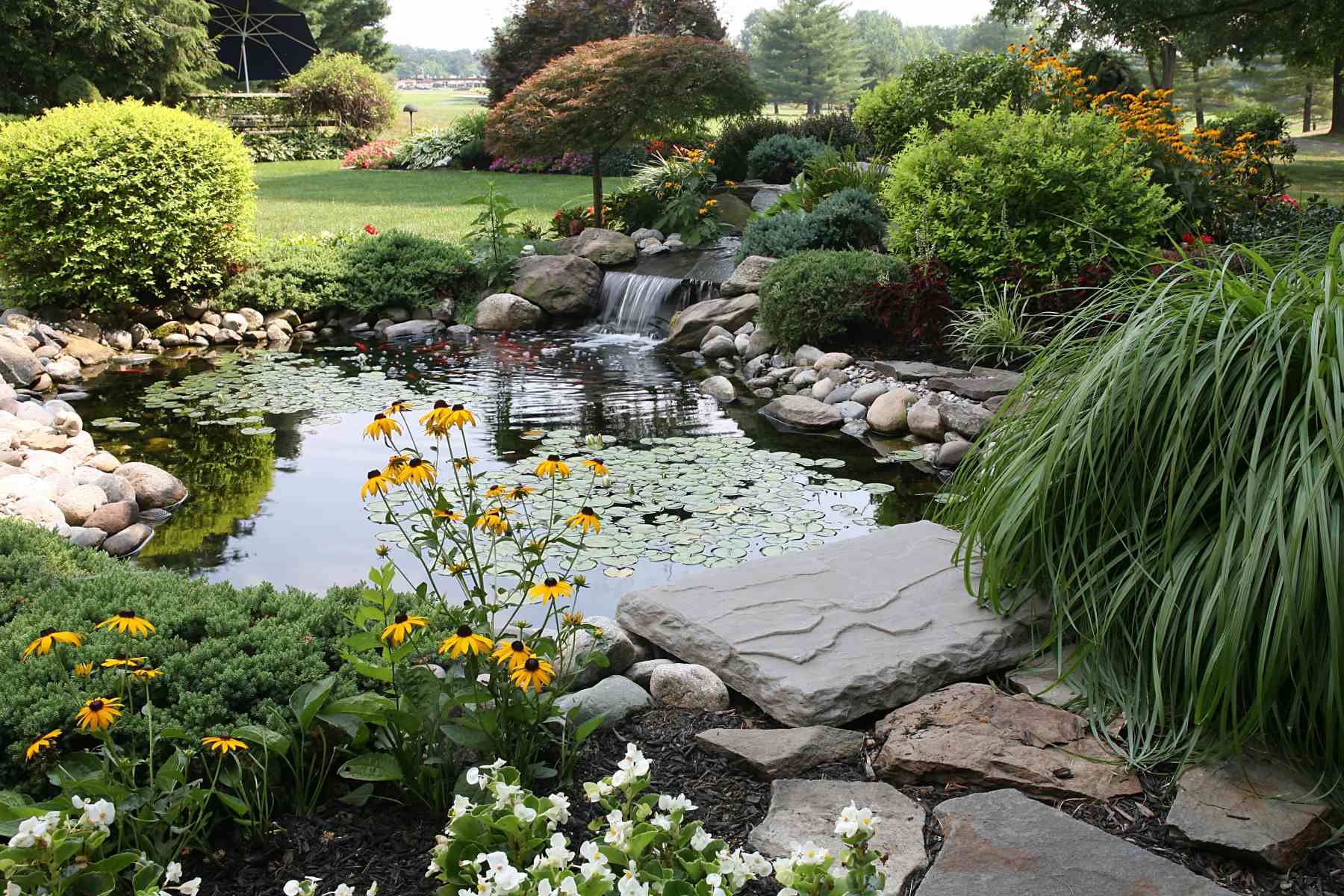
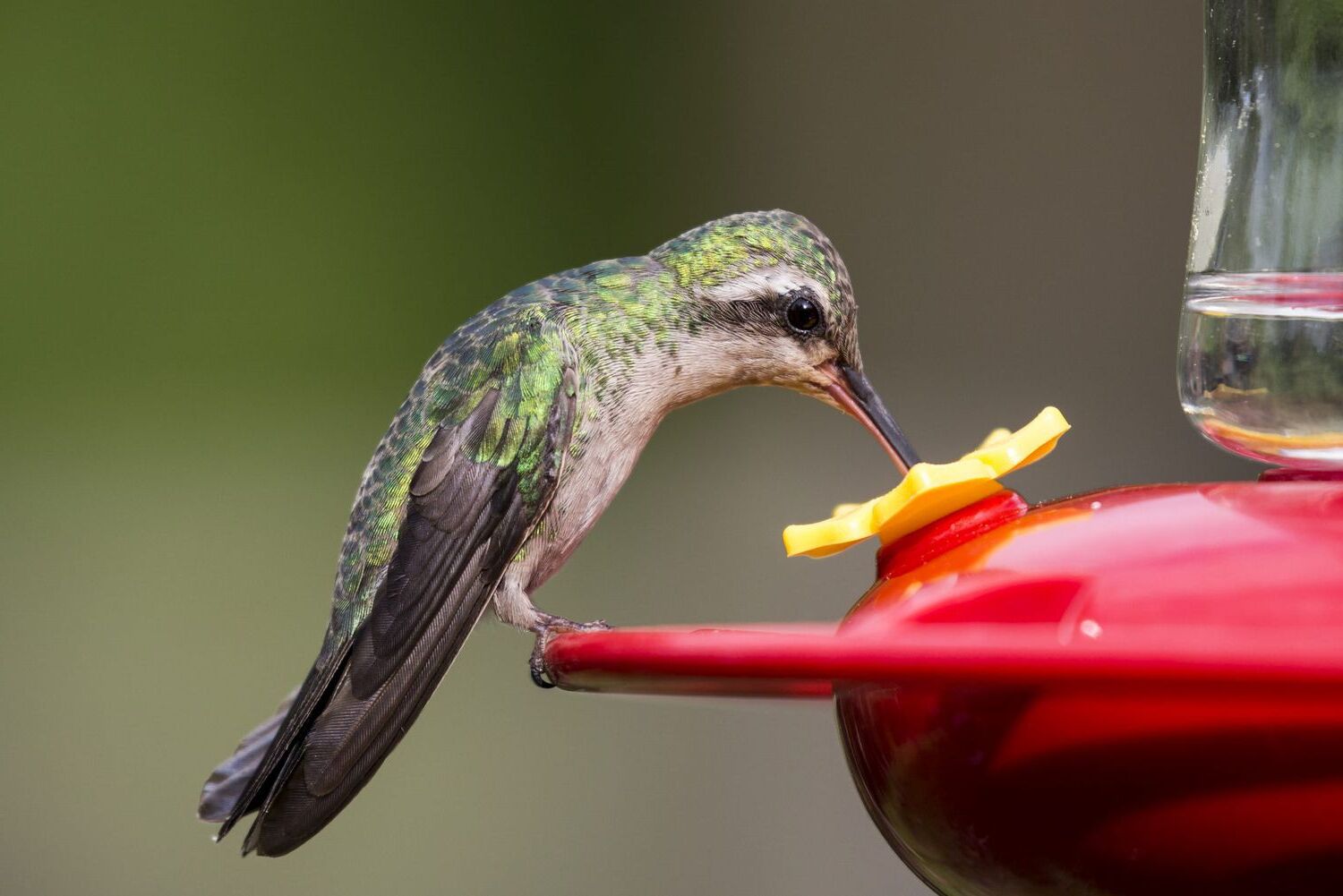
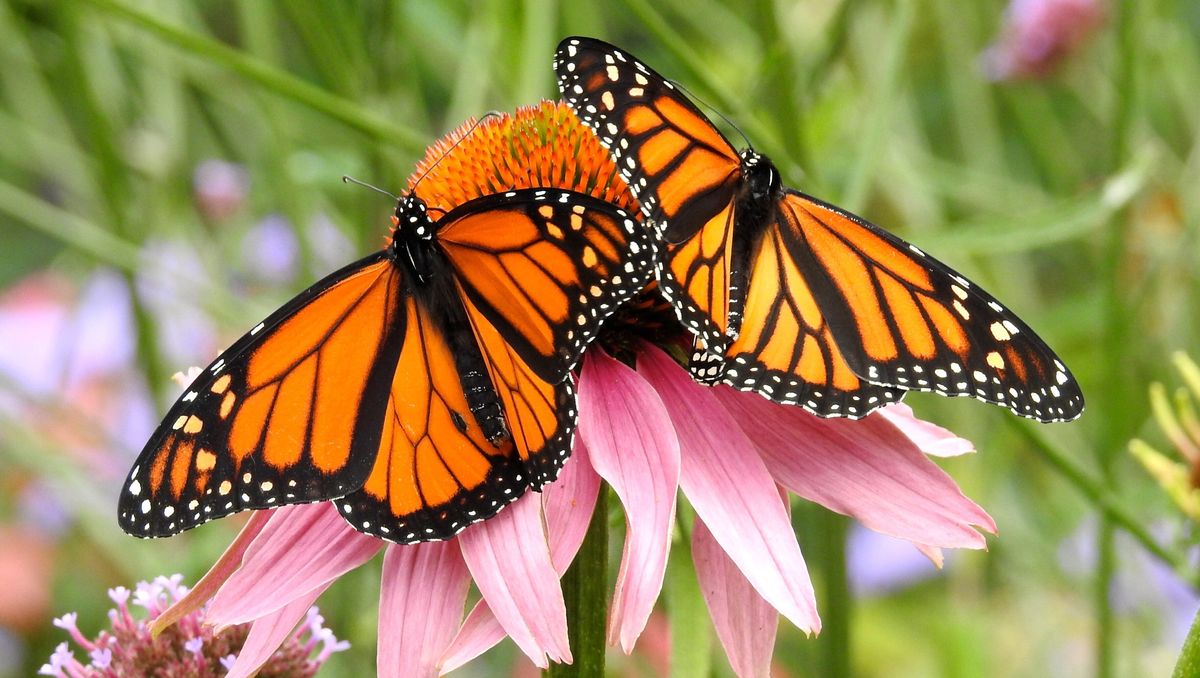
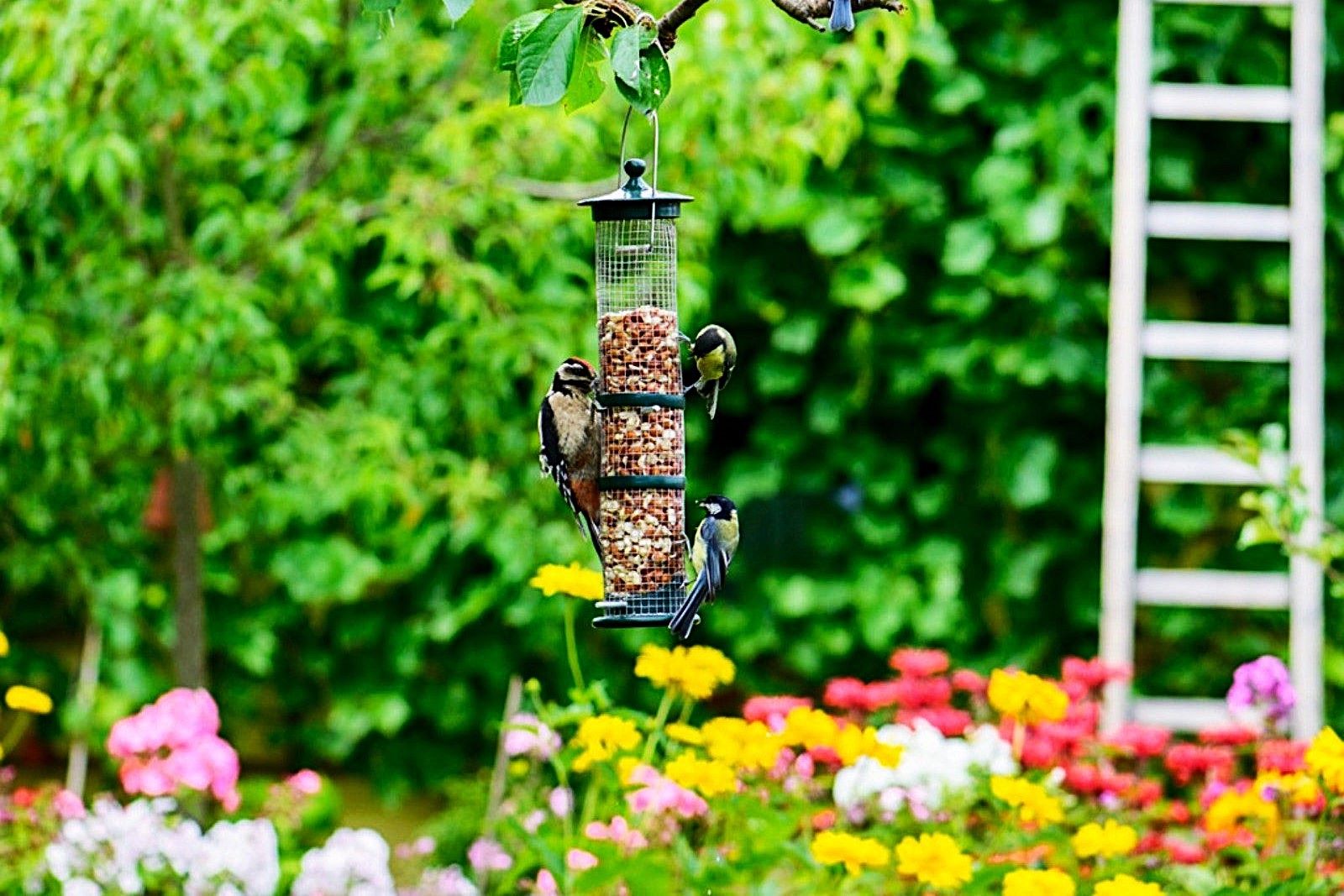
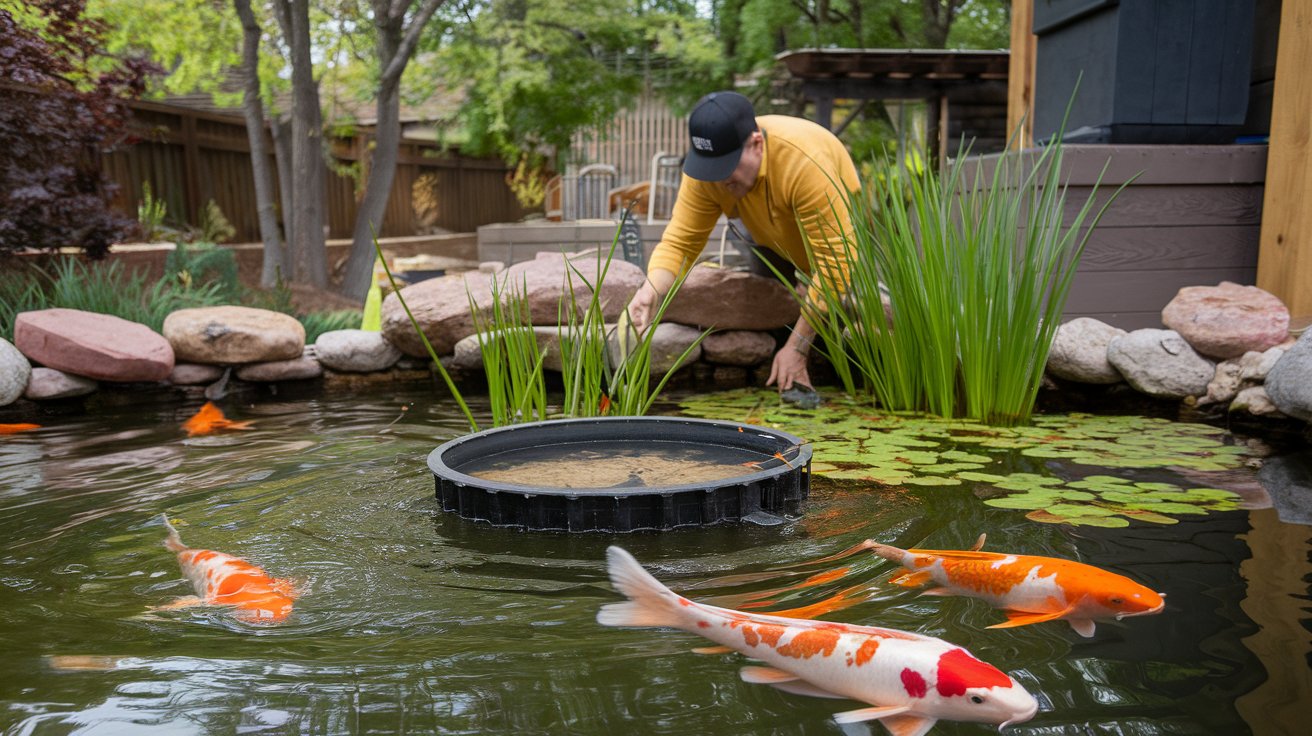
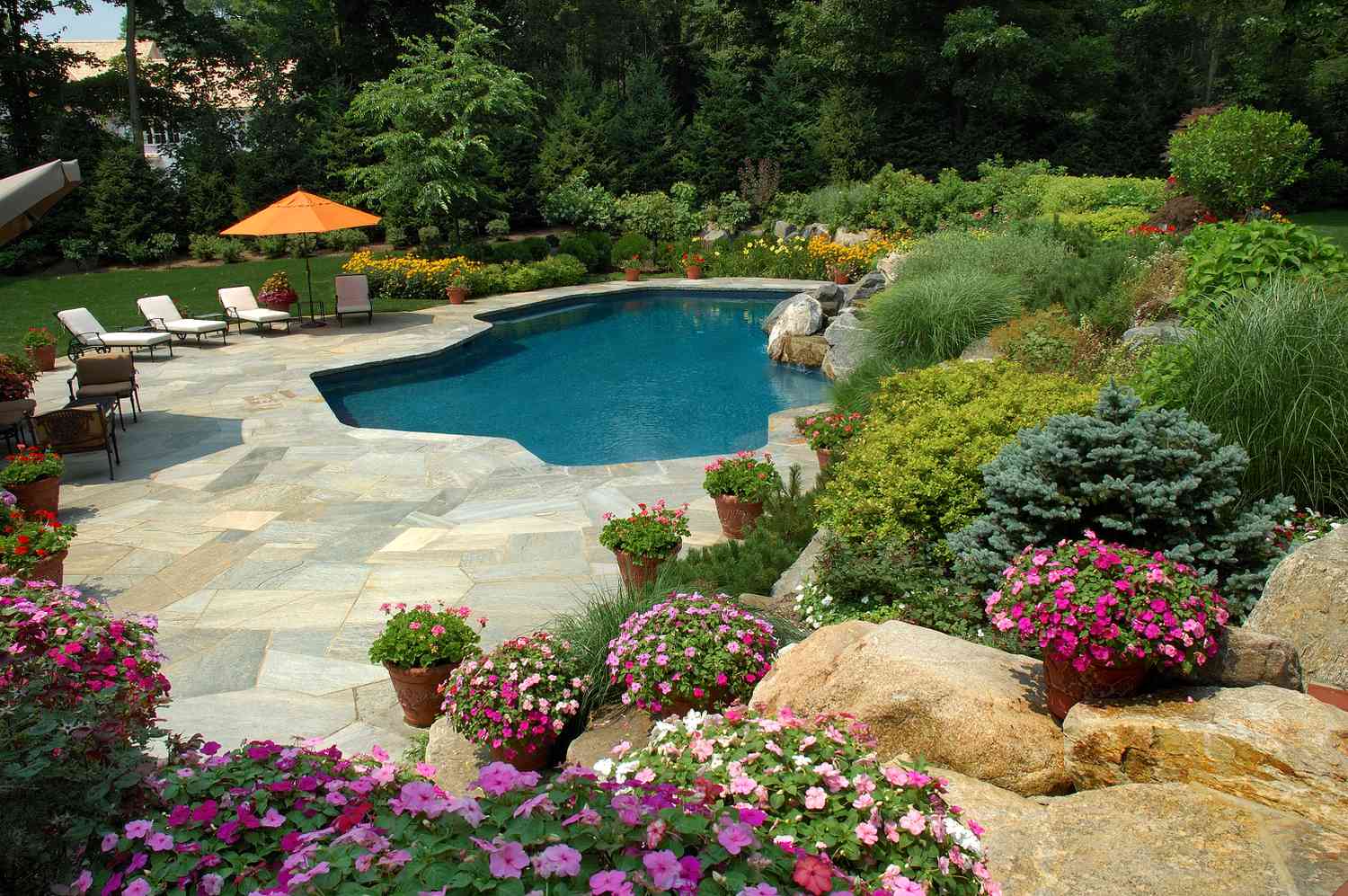
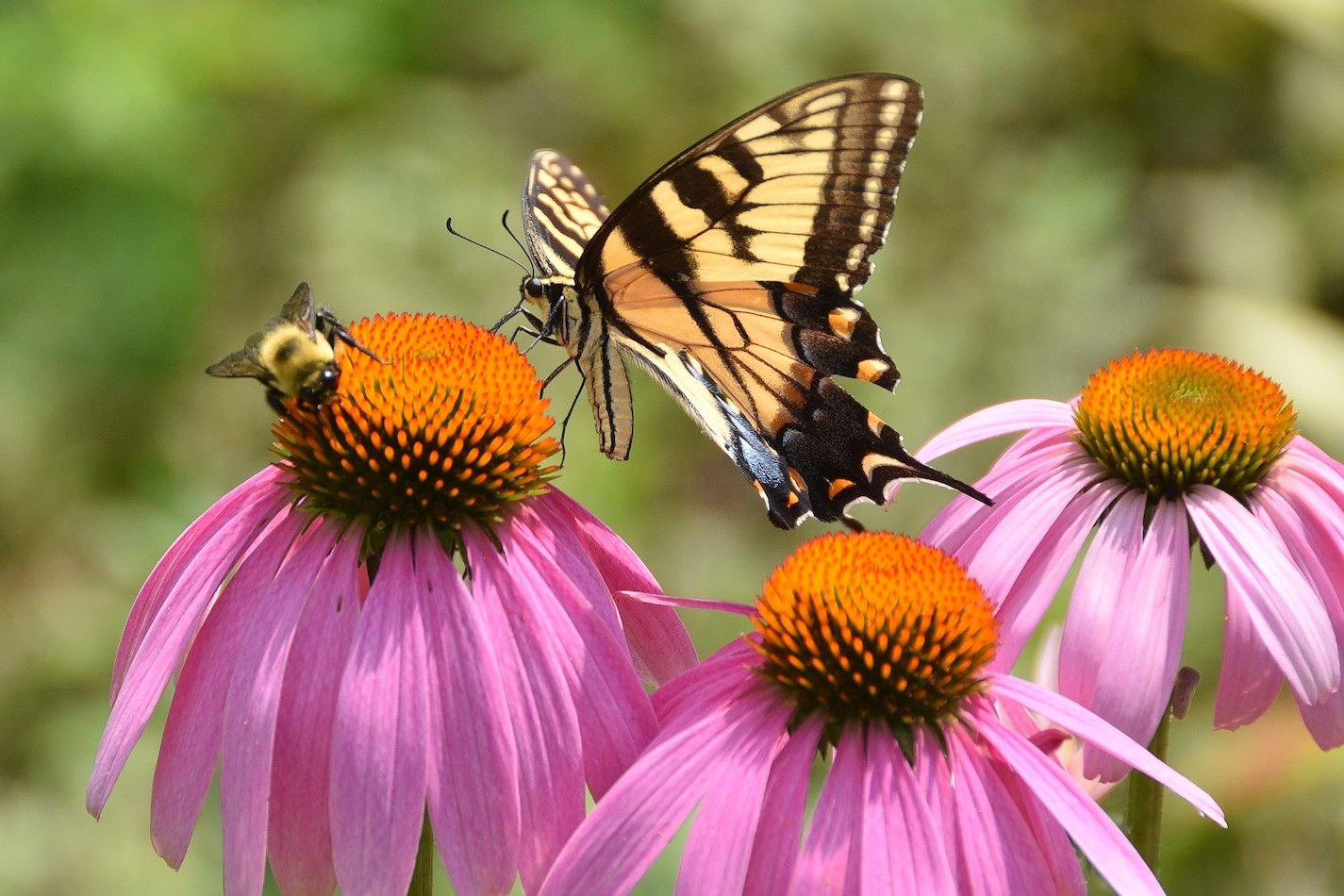

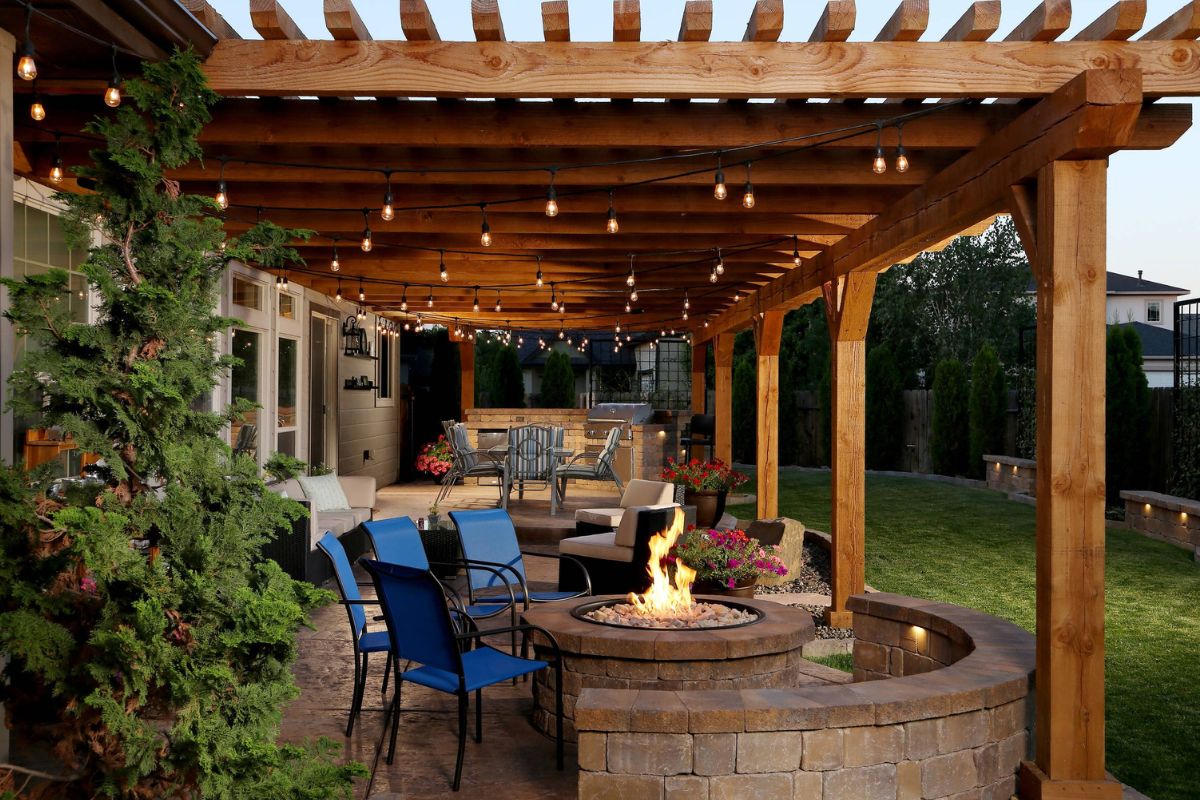
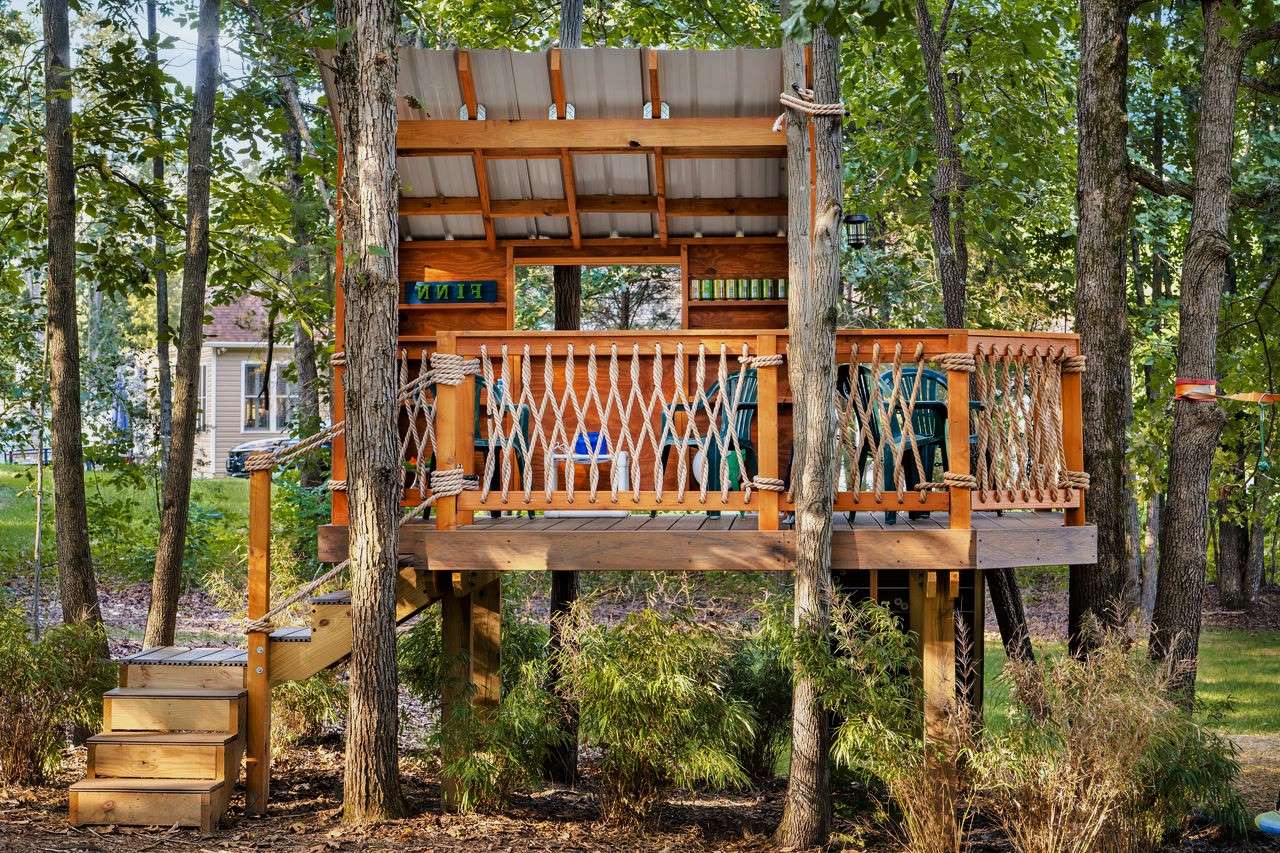
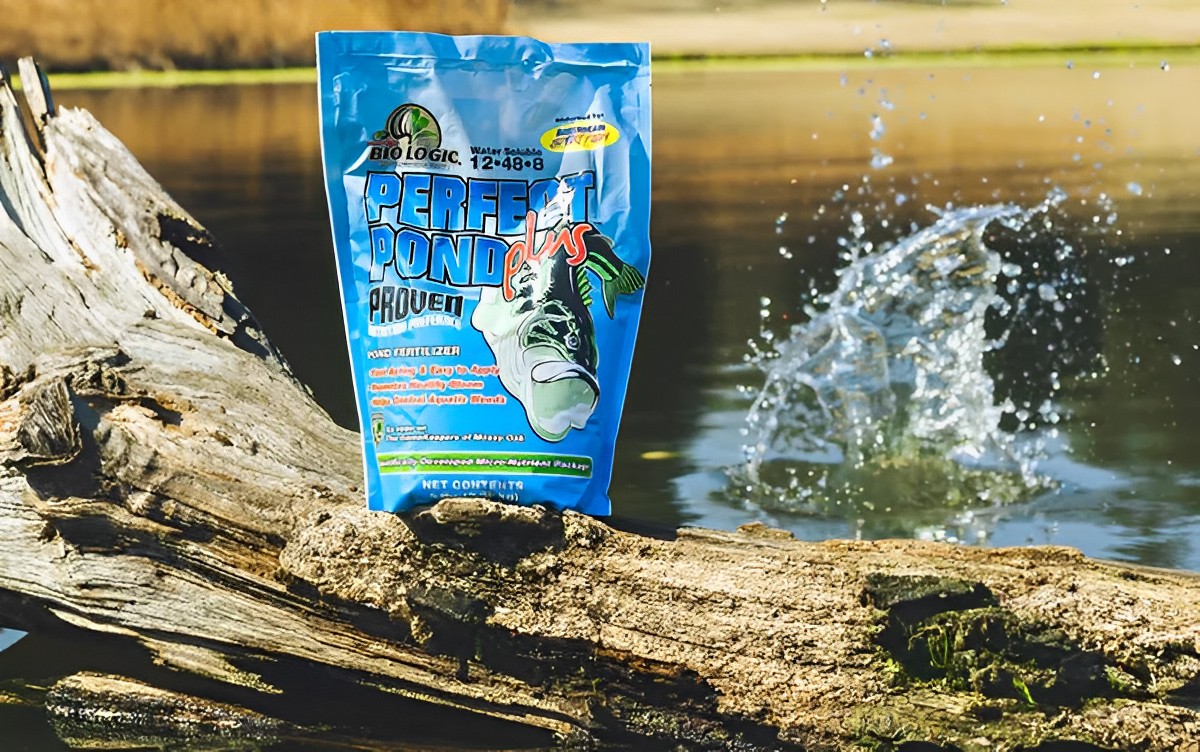

0 thoughts on “Building A Backyard Pond To Attract Wildlife”